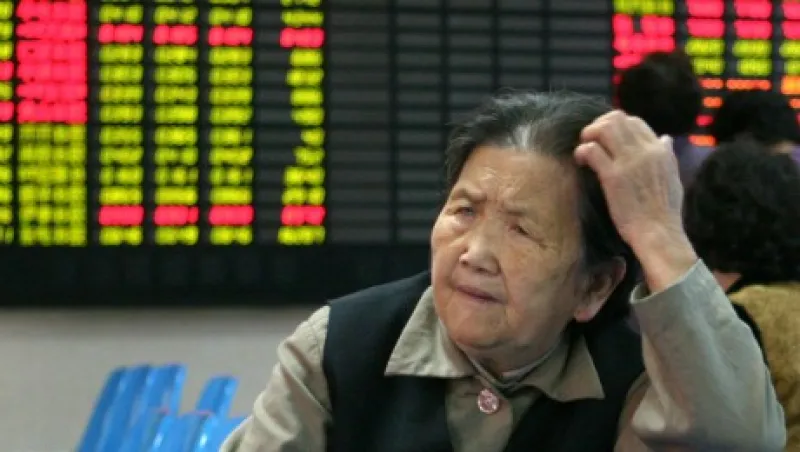Market confidence continued to unravel this morning. Another sell-off in Chinese stocks drove the Shanghai Composite Index to a level now more than 20 percent lower than highs reached in December, the technical definition of a bear market, while West Texas intermediate oil futures for front-month delivery again fell below $30 per barrel. In the U.S., a steady stream of downgrades by analysts has cast a shadow over equity markets with consensus now for the third consecutive quarterly contraction in earnings for the Standard & Poor’s 500. The U.S. dollar ends the week up strongly versus major currencies despite an increasingly negative macroeconomic backdrop, which may stay the Federal Reserve’s hand as the central bank considers more rate hikes. This panicked flight to safety has had little effect on precious metals markets, however, suggesting that investors see scarce prospects of an end to the deflationary cycle currently in play across the world’s developed economies.
Goldman Sachs agrees to settlement. Yesterday Goldman Sachs Group announced that the bank had agreed to a $5.1 billion settlement on charges brought by U.S. regulators relating to mortgage-backed-securities trading prior to the credit crisis. The proposed fine, which will reduce fourth-quarter earnings by more than $1 billion, will not be finalized until all governing regulatory agencies involved sign off.
Debt levels swell in China. Data released Friday by the People’s Bank of China revealed more than $250 billion in net new financing in December, significantly higher than forecast, as more private sector firms entered the corporate bond market. The increased debt issuance comes as new loan data indicates that banks have grown cautious about making new loans.
Citi, Wells Fargo, report earnings. Primary banks released more quarterly financial results this morning. Citigroup exceeded consensus analyst expectations for both earnings and revenues with stronger than forecast trading and investment banking returns that lifted full-year net income to more than $76 billion. Wells Fargo & Co.’s fourth-quarter earnings also beat analyst expectations marginally, but with revenues slightly weaker than forecast.
December shopping weaker than expected. U.S. Census Bureau retail sales data released this morning disappointed investors hoping that the pace of holiday shopping in December would be a boost for consumer discretionary sector firms about to report results for the fourth quarter. Sales excluding automobiles declined by 0.1 percent for the month versus consensus forecasts for a 0.2 percent gain. Full-year growth in headline spending was 2.1 percent for 2015, the lowest level since 2009. Separately, Department of Labor producer price index data confirmed that wholesale prices declined by 1 percent year-over-year, as low fuel costs weighed down the cost of goods.
Portfolio Perspective: Fundamentals May Reassert Their Primacy — Jeffrey Meli, Barclays
U.S. credit spreads widened in the week through Wednesday, as commodities led risk markets downward, with oil prices touching $30 on Tuesday. Year-to-date returns on the cash indices are –0.9 percent (excess) for investment grade and –1.8 percent (total) for high yield. Despite the volatility, we see little evidence that the moves are driven by a deterioration in fundamentals, although only 24 companies of the S&P 500 have reported earnings, with sales disappointing modestly but growing 4.5 percent and earnings surprising by more than 6 percent. The stability in underlying operations may be having an effect, as investment-grade cash spreads are unchanged this week (through Wednesday) excluding the energy and basic materials sectors.
Rather than fundamental weakness, we have seen greater risk aversion and safe-haven demand, as can be seen from the 25-basis-point drop in five-year Treasury yields in the first two weeks of 2016. There is an increasing differentiation evident between credits, as seen in the greater dispersion of ticker-level returns in the high-yield index.
In any case, we are skeptical of the arguments connecting manufacturing weakness with the market sell-off. Although markets will fall in a weakening economy, credit market widening is far more common than recessions. Instead, we think that investors would be wise to consider the origin of market weakness. While risk appetite has recently been driven by moves in commodities, if prices stabilize, fundamentals may reassert their primacy. Investors should wait for confirmation in the real data before projecting market weakness into the future.
Jeffrey Meli is the head of credit research for Barclays in New York.






